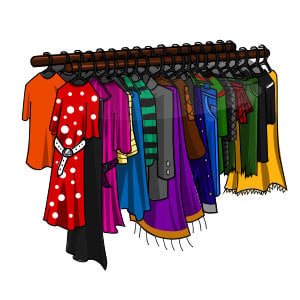sizcache = "0" sizset = "43">
The soldiers, both at home and abroad, are exposed to various weather and temperature conditions. It ranges from extreme heat to extreme cold - even in the same area. In fact, soldiers in Afghanistan asked for warm clothing in 2002, which resulted in the development of the Protective Combat Uniform. Currently, the PCU and the GEN III ECWCS systems are used by the military for cold weather clothing. Both are based on a system of seven levels of the ground, insulation and shell garments, but how can you protect different for each?
GEN III is considered the next generation of the ECWCS clothing and a significant improvement over Gen II, which is easily cold clothing system. Although ECWCS clothing is released from the mid-1980s soldiers in colder areas, GEN III addresses the climate of a soldier may encounter. Moisture management principles involved in every dress much wick sweat, and seven layers create several opportunities for izolaciju.Baza layers, levels 1 and 2, wick away any moisture, while the insulation layer, level 3 and 4, the trap warm air against the body . Three layers of the shell protects from wind and moisture. Two layers of the shell can be worn together if additional protection is needed.
The development of the GEN III began in 2003, and the system was tested in 2004 s 10 Mountain Division and 82 divizije.Odjeća air system received the appropriate question in 2008.
PCU cold weather clothing, the surface may appear interchangeable GEN III, but this assumption is not točna.Sličnosti end up in seven layers of clothing and use in colder temperatures. However, while the GEN III is best for temperatures from -40 ° C to 60 ° C, the PCU uses a different temperature - -50 ° C to 45 ° C -. Addresses and humid climates
PCU cold weather clothing, the surface may appear interchangeable GEN III, but this assumption is not točna.Sličnosti end up in seven layers of clothing and use in colder temperatures. However, while the GEN III is best for temperatures from -40 ° C to 60 ° C, the PCU uses a different temperature - -50 ° C to 45 ° C -. Addresses and humid climates
...PCU uses similar principles for moisture management and insulation through the Polartec fabric and silicone encapsulated fibers to water and wind resistance. Recent improvements in this system includes an antimicrobial fiber and stretch shell. Base layers Levels 1:02 to reduce the sweat from translucent material, and insulation layers 4 and 5 are light, but with a higher warmth to weight and moisture management properties. Shell layers, such as Level 5, provide abrasion resistance and lightweight design. Level 7, with X-Static lining, thermal efficiency benefits to the wearer warm and has a waterproof surface.
